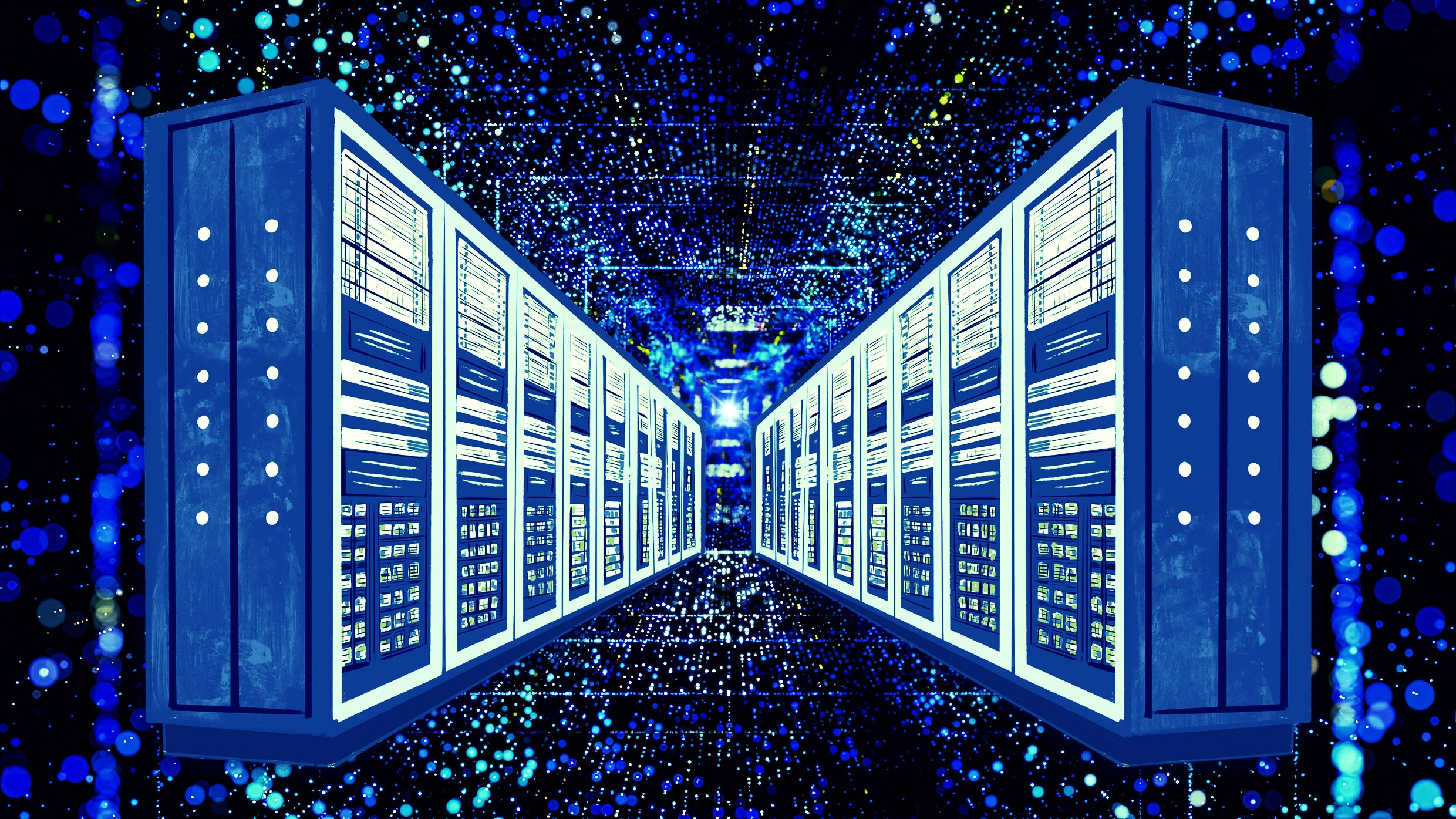
"Picture a data center on the edge of a desert plateau. Inside, row after row of servers glow and buzz, moving air through vast cooling towers, consuming more electricity than the surrounding towns combined. This is not science fiction. It is the reality of the vast AI compute clusters, often described as "AI supercomputers" for their sheer scale, that train today's most advanced models."
"Strictly speaking, these are not supercomputers in the classical sense. Traditional supercomputers are highly specialized machines designed for scientific simulations such as climate modeling, nuclear physics, or astrophysics, tuned for parallelized code across millions of cores. What drives AI, by contrast, are massive clusters of GPUs or custom accelerators (Nvidia H100s, Google TPUs, etc.) connected through high-bandwidth interconnections, optimized for the matrix multiplications at the heart of deep learning."
"A recent study of 500 AI compute systems worldwide found that their performance is doubling every nine months, while both cost and power requirements double every year. At this pace, the frontier of artificial intelligence is not simply about better algorithms or smarter architectures. It is about who can afford, power, and cool these gigantic machines, and who cannot."
Massive AI compute clusters built from GPUs and custom accelerators function like specialized machines optimized for deep learning matrix multiplications rather than classical scientific simulation. These facilities consume vast amounts of electricity and require extensive cooling and capital investment. Performance at the frontier is increasing rapidly—roughly doubling every nine months—while cost and power demands double about yearly. That divergence creates an exponential moat that concentrates progress among a few players. Access to the compute substrate determines who can advance large models, making the leading edge increasingly dependent on financial and infrastructural capacity.
Read at Fast Company
Unable to calculate read time
Collection
[
|
...
]